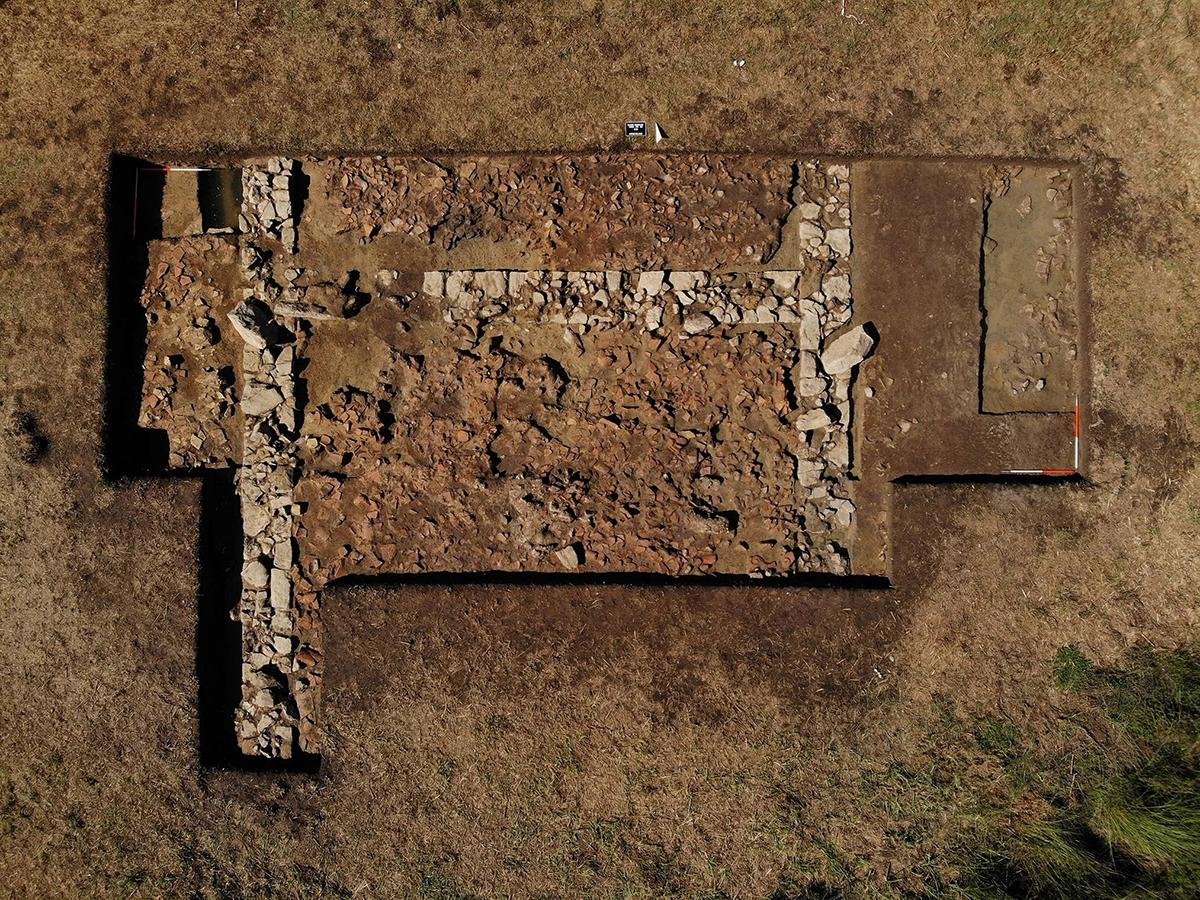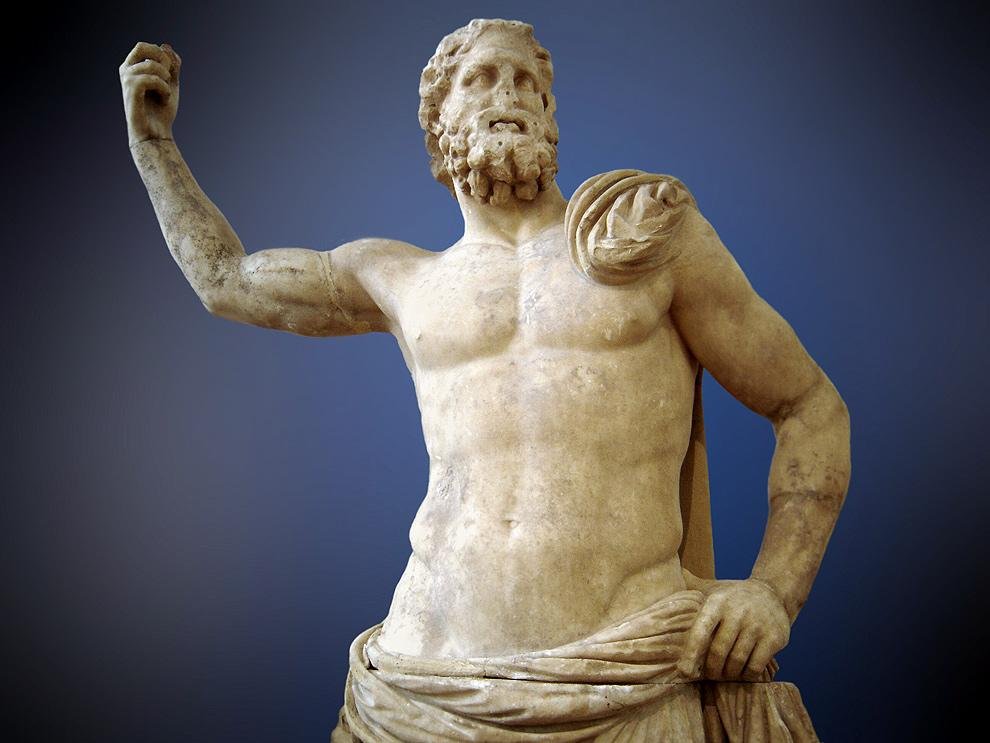Some 2,000 years ago, the ancient Greek historian Strabo referred the presence of an important shrine on the west coast of the Peloponnese. Archaic temple ruins have now been discovered near Samikon at the Kleidi site, which was presumably once part of Poseidon’s sanctuary.
 Archaeologists have identified the Temple of Poseidon in Samikon. Credit: Dr. Birgitta Eder / Athens Branch of the Austrian Archaeological Insтιтute
Archaeologists have identified the Temple of Poseidon in Samikon. Credit: Dr. Birgitta Eder / Athens Branch of the Austrian Archaeological Insтιтute
The Austrian Archaeological Insтιтute, in collaboration with colleagues from Johannes Gutenberg University Mainz (JGU), Kiel University, and the Ephorate of Antiquities of Elis, discovered the remains of an early temple-like structure within the Poseidon sanctuary site, which was possibly dedicated to the deity himself.
The site is located on the Peloponnesian coast, which has seen a lot of archaeological activity and has been hit by several tsunamis in the past. With Poseidon being the Greek God who ruled the oceans and conjured storms, historians believe a coastal location would be a logical location for his temple.
Because of its easy accessibility and security, a settlement was established here during the Mycenaean era, which flourished for several centuries and maintained contacts to the north and south along the coast.
Professor Andreas Vött of Mainz University has been conducting geoarchaeological surveys in this area since 2018, with the goal of better understanding how this unique situation evolved and how the coast in the Kleidi/Samikon region has changed over time.
He has worked on several campaigns for this purpose with Dr. Birgitta Eder, Director of the Austrian Archaeological Insтιтute’s Athens Branch, and Dr. Erofili-Iris Kolia of the local monuments protection authority, the Ephorate of Antiquities of Elis.
The structure’s traces were discovered in late 2021. In the autumn of that year, Dr. Dennis Wilken of Kiel University found traces of structures at a site at the eastern foot of the hill group in an area that had previously been identified as of interest following previous exploration.
“The location of this uncovered sacred site matches the details provided by Strabo in his writings,” said archaeologist Birgitta Eder of the Austrian Archaeological Insтιтute. The history of extreme wave events in the area may be related to its significance as a place of worship. ”It seems possible that this location may have actually been explicitly selected for the site of the Poseidon temple because of these extreme occurrences,” Mainz University stated.
 Statue of Poseidon at the National Archaeological Museum, Athens. Credit: Ricardo André Frantz, CC BY-SA 3.0
Statue of Poseidon at the National Archaeological Museum, Athens. Credit: Ricardo André Frantz, CC BY-SA 3.0
“The results of our investigations to date indicate that the waves of the open Ionian Sea actually washed up directly against the group of hills until the 5th millennium BCE. Thereafter, on the side facing the sea, an extensive beach barrier system developed in which several lagoons were isolated from the sea,” said Vött, who is Professor of Geomorphology at JGU.
Over the next few years, the structure will be subjected to extensive archaeological, geoarchaeological, and geophysical analysis. The researchers hope to establish whether it has a specific relationship with a coastal landscape that is subject to extensive transformation. — Universitaet Mainz
Publication: B. Eder et al. New research at Kleidi-Samikon, in: Ξανθοπούλου, Μ., Μπάνου, Α., Ζυμή, Ε., Γιαννούλη, Ε., Καραπαναγιώτου, A., Κουμούση, Α. (eds.): Το Αρχαιολογικο Εργο Στην Πελοποννησο 2 (Αεπελ 2). Πρακτικά της Β΄ Επιστημονικής Συνάντησης, Καλαμάτα, 1-4 Νοεμβρίου 2017. Πανεπιστήμιο Πελοποννήσου, pp. 233-245, Kalamata 2020,
ISBN: 978-960-89611-8-0





